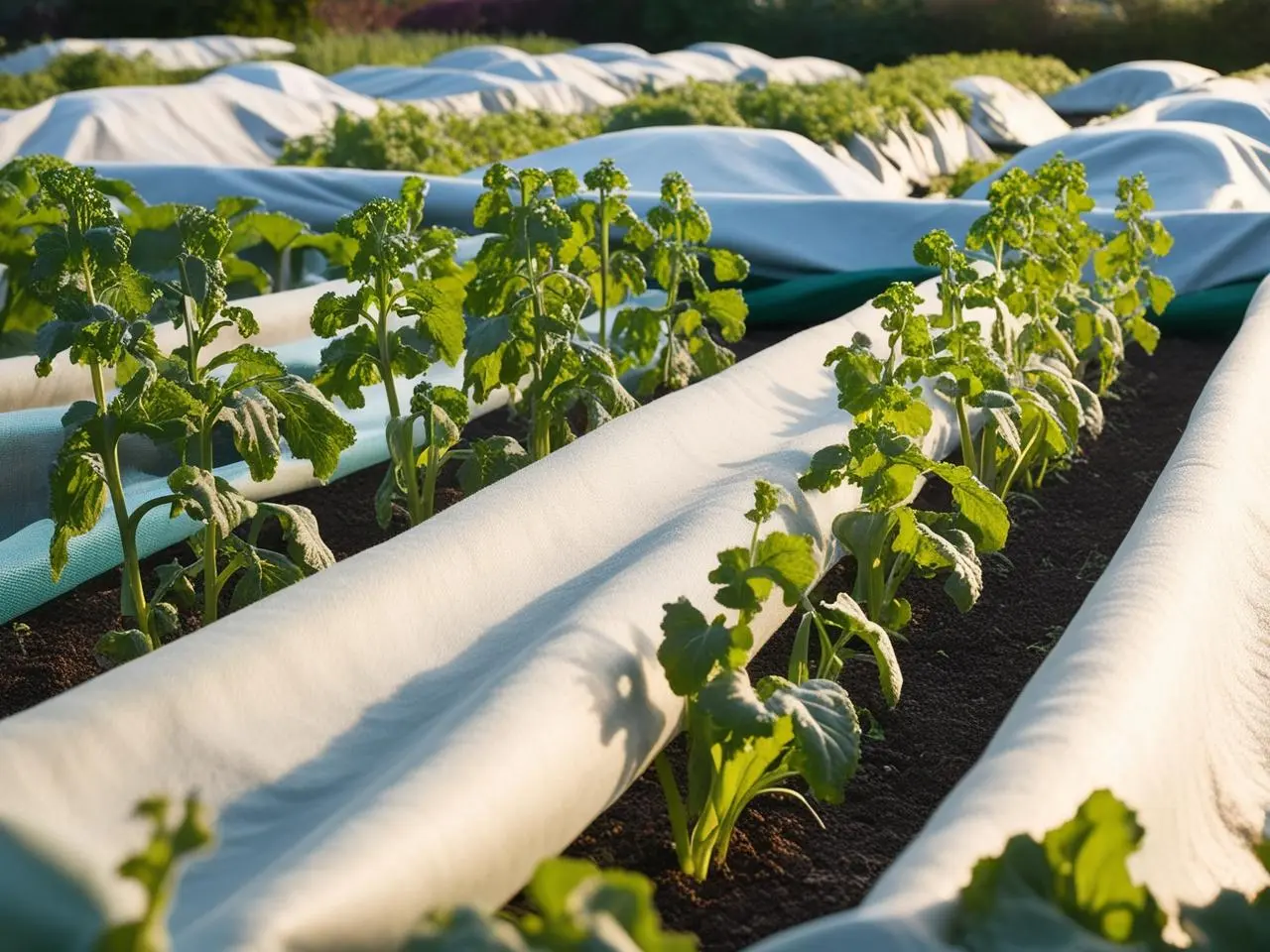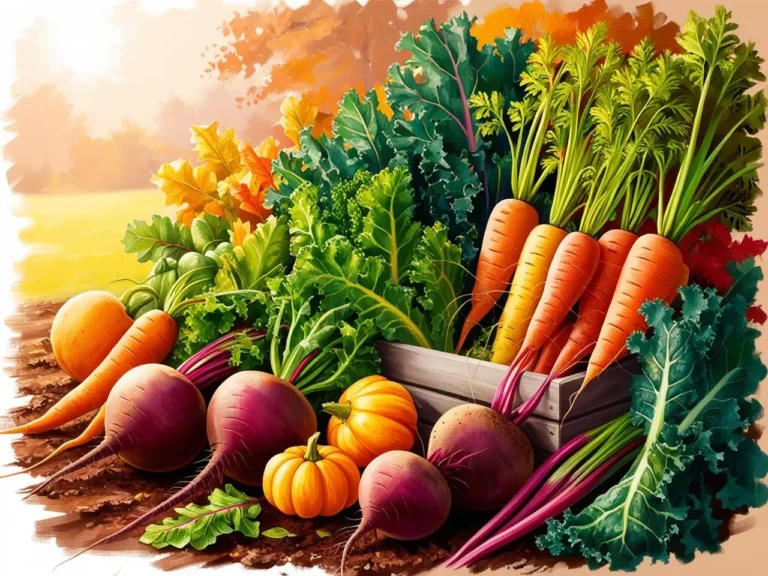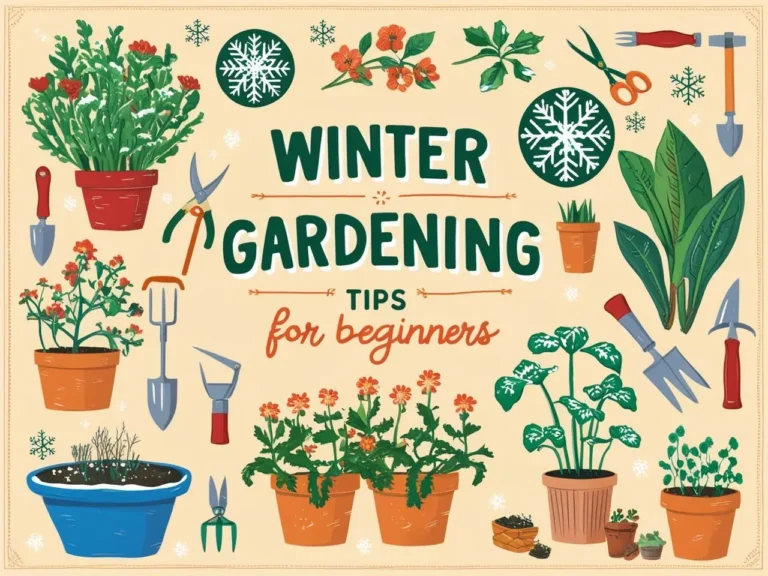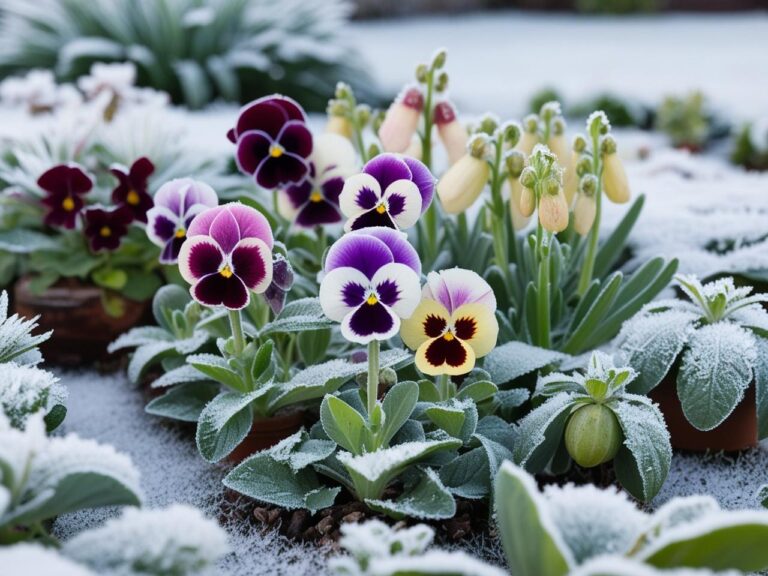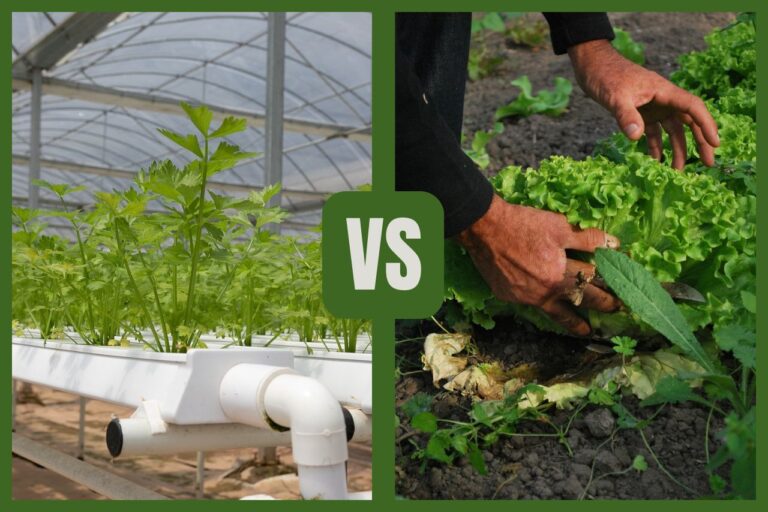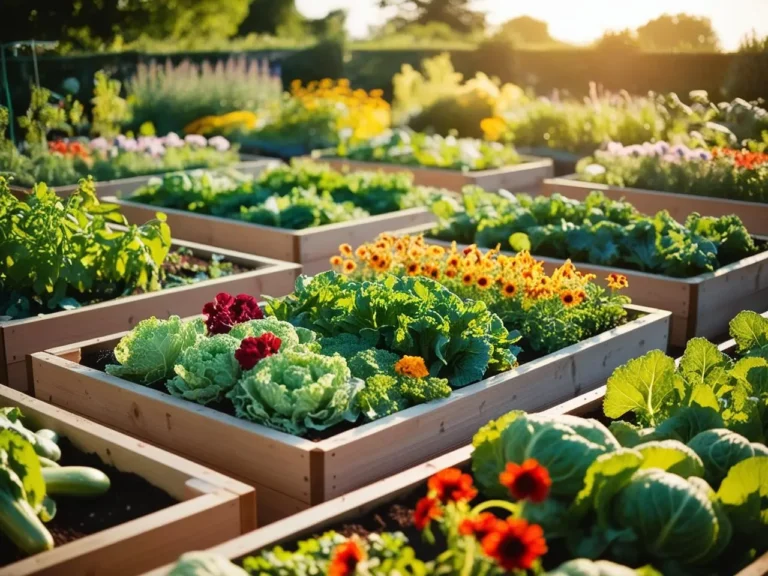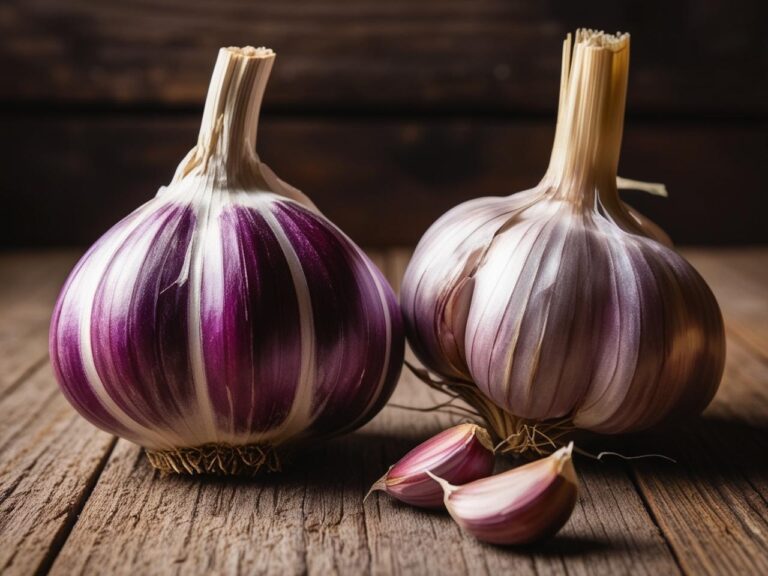How to Use Row Covers and Frost Cloths Effectively
Did you know that using row covers can extend your gardening season by weeks? It’s true! As someone who has battled the chilly winds of late autumn, I can tell you firsthand how crucial it is to protect our beloved plants from the harshness of winter. Row covers and frost cloths are not just fancy terms; they are essential tools that can help keep your garden thriving even when temperatures drop.
These lightweight fabrics act as a barrier against frost, creating a cozy microclimate that allows your plants to continue growing when they would otherwise be left shivering in the cold. In this guide, we’ll explore how to use these protective materials effectively so you can enjoy a bountiful harvest well into the colder months!
1. What Are Row Covers and Frost Cloths?
Row covers, also known as frost cloths or garden fleeces, are lightweight materials made primarily from spun-bonded polypropylene or polyester. They serve as protective barriers for your plants against cold temperatures, pests, and harsh weather conditions. One of the best features of these covers is their permeability; they allow light and water to pass through while providing insulation against the elements. This means you can leave them over your plants day and night without worrying about blocking out sunlight or suffocating your crops.
I remember my first experience with row covers when I was desperate to save my early spring seedlings from an unexpected late frost. I draped them over my tender little plants, holding my breath as I watched the temperature drop overnight. To my relief, they emerged unscathed the next morning! That’s when I realized just how effective these simple tools could be in extending my growing season.
2. Benefits of Using Row Covers
Using row covers comes with a plethora of benefits that every gardener should consider:
- Frost Protection: The primary reason most gardeners use these covers is for frost protection. They can help keep temperatures around your plants several degrees warmer than outside air temperatures, which can be critical during those chilly nights.
- Pest Deterrence: Not only do they shield against cold, but they also act as a barrier against pests like aphids and cabbage worms. I’ve had fewer pest problems since I started using them!
- Microclimate Creation: Row covers create a mini greenhouse effect that increases humidity and warmth around your plants, perfect for promoting growth in cooler months.
I once had a patch of lettuce that was struggling until I covered it with row fabric; it thrived under its protective layer!
3. Types of Frost Cloths
When it comes to choosing frost cloths, there are generally three types based on weight:
- Lightweight: This type allows about 85–90% of light through and is perfect for protecting tender seedlings in spring or fall without blocking sunlight for too long.
- Medium Weight: This option provides moderate protection (about 70% light transmission) and is suitable for short-term coverage during light frosts.
- Heavy Weight: Offering the most protection (around 50% light transmission), heavy-weight cloths are best used during severe weather conditions or late in the fall when plant growth has slowed down significantly.
Choosing the right weight depends on what you’re trying to protect; if it’s something delicate like young tomatoes, go lightweight!
Related: Check Out Some Frost Cloth Covers on Amazon
4. How to Install Row Covers and Frost Cloths
Installing row covers might seem daunting at first, but it’s quite simple if you follow these steps:
- Choose Your Supports: You’ll need something to hold up the fabric above your plants—this could be hoops made from PVC pipes or even simple stakes driven into the ground.
- Lay It Out: Drape the cover over your supports without letting it touch any part of your plants; this is crucial because if frost settles on the cover itself, it could freeze onto your crops!
- Secure It: Use pins or weights like bricks along the edges to keep everything in place—trust me; nothing is worse than waking up to find your cover blown away by wind!
- Watering: You can water right through the fabric if needed, no need to remove it unless you’re harvesting!
I learned this lesson after forgetting to check on my covered crops during a rainstorm; they were perfectly fine underneath!
5. When to Use Row Covers
Timing is everything when it comes to using row covers effectively:
- In spring, monitor local forecasts closely; if there’s a chance of frost after planting your seedlings, cover them up!
- In fall, start using them as soon as night-time temperatures begin dipping below freezing, this will help extend your harvest season significantly.
I always keep an eye on my weather app during this time; it’s saved me more than once!
6. Common Mistakes to Avoid
Even seasoned gardeners make mistakes! Here are some common pitfalls:
- Letting Covers Touch Plants: This can lead to frozen foliage, yikes! Always ensure there’s space between the cover and your crops.
- Incorrect Timing: Leaving them on too long in warm weather can heat stress plants; conversely, taking them off too soon can expose them unnecessarily.
- Choosing Wrong Weights: Using heavy-weight cloth too early in spring can block too much light, be mindful of what you’re covering!
I’ve been guilty of all these at one point or another; learning from those mistakes has made me a better gardener!
7. Best Vegetables to Cover with Frost Cloth
When it comes to protecting your garden during the fall, using frost cloths can be a game-changer for many vegetables. Here are some of the best vegetables to cover with frost cloth to ensure they thrive even as temperatures drop:
- Broccoli
Broccoli is a hardy vegetable that can withstand temperatures as low as 28°F. Covering it with frost cloth helps protect it from extreme cold and pests, allowing for a longer harvest season. - Brussels Sprouts
These plants are known for their resilience against frost, and covering them can enhance their flavor. They can be harvested until hard freezes occur, making them ideal candidates for frost protection. - Cabbage
Cabbage can tolerate frost down to 20°F and even lower with protection. Frost cloths help maintain moisture and prevent damage from freezing temperatures. - Kale
Kale is one of the most frost-resistant vegetables, thriving in cold conditions. Covering it with frost cloth not only protects it but can also improve its flavor as it sweetens after exposure to frost. - Carrots
Carrots can survive temperatures as low as 15°F, and covering them with frost cloth helps prevent damage while allowing you to harvest them throughout the winter. - Spinach
Spinach grows slowly during winter but is very cold-tolerant. Using frost cloth can extend its growing season and protect it from harsh weather. - Radishes
Radishes thrive in cooler weather and can handle light frosts. Covering them ensures they remain healthy and can be harvested even in late fall. - Turnips
Turnips benefit from cooler temperatures, which enhance their sweetness. Frost cloth protects them from severe cold while allowing them to mature properly. - Beets
Beets are another root vegetable that grows well in cool conditions and can survive light frosts. Covering them helps maintain their quality and prolongs the harvest. - Swiss Chard
Swiss chard is quite hardy and can survive dips to around 15°F when covered with frost cloth, making it a great option for fall gardening. These vegetables not only tolerate cold but often improve in flavor when exposed to light frosts, making them perfect candidates for covering with frost cloths during the fall months.
8. How Does Frost Cloth Affect the Flavor of Vegetables
Frost cloths can significantly influence the flavor of vegetables, particularly those that are frost-tolerant. Here’s how they affect the taste and quality of various crops:
- Enhancing Sweetness
Certain vegetables, especially root crops like carrots, parsnips, and beets, experience a transformation in flavor when exposed to frost. The cold triggers a natural response where starches in the roots convert to sugars, resulting in a sweeter taste. This phenomenon is particularly noted in parsnips, which are often harvested after a frost to maximize their sweetness.
- Improving Quality of Leafy Greens
Leafy greens such as kale, spinach, and Brussels sprouts also benefit from frost exposure. Cold temperatures can enhance their flavor profiles, making them taste richer and more robust. For instance, kale can become sweeter and more flavorful after experiencing frost, which is why many gardeners prefer to harvest it post-frost.
- Delaying Bolting
Frost cloths can help delay the bolting process in crops like lettuce and arugula. Bolting occurs when plants switch from vegetative growth to flowering, which often leads to a decline in flavor quality. By using frost cloths to protect these plants from premature warming, gardeners can prolong their harvest period and maintain better flavor.
- Maintaining Moisture and Soil Temperature
Frost cloths help retain moisture and stabilize soil temperature around the plants. This consistent environment is crucial for enhancing vegetable flavors, as fluctuations can stress plants and lead to undesirable taste changes.
In summary, using frost cloths effectively not only protects vegetables from cold damage but also enhances their flavor by increasing sweetness, delaying bolting, and maintaining optimal growing conditions. This makes them an invaluable tool for gardeners looking to maximize the taste of their fall harvests.
Using row covers and frost cloths effectively is essential for any gardener looking to protect their crops from cold weather while extending their growing season. These simple yet powerful tools can make all the difference between a thriving garden and one that succumbs to winter’s chill. So grab some fabric, get creative with supports, and don’t hesitate to experiment. Happy Gardening!

